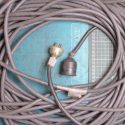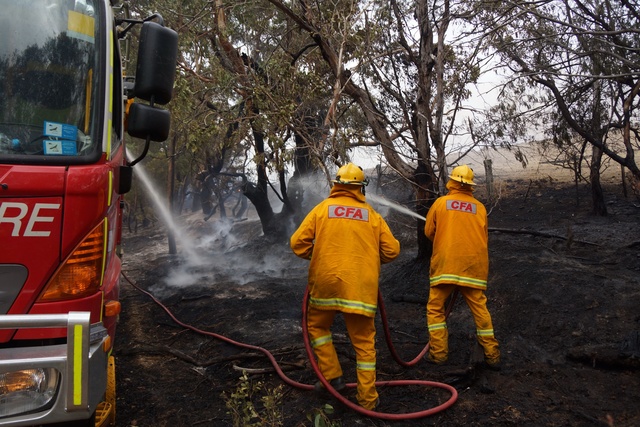By Kath Gannaway
A Millgrove mother of two remains in a serious condition in hospital after enduring a potentially lethal electric shock on Saturday, 4 March.
It is believed the 22-year-old woman received the shock from a steel laundry sink which became live due to a damaged powerboard cord making contact with the sink.
Leading Senior Constable Kevin Bishop of Warburton Police said the accident happened about 7pm.
“The woman’s partner heard it happen and with the assistance of a neighbour commenced CPR until paramedics arrived,” LSC Bishop said.
A spokesperson for Ambulance Victoria said the woman was airlifted to the Alfred Hospital in a serious but stable condition and commended the actions taken to perform CPR.
“We know that the chances of survival are best when the bystanders step in to provide CPR and use public access defibrillation where able,” she said.
“Bystander CPR is a critical early step in the chain of survival and you don’t need to be a paramedic or medically trained to do it.”
The incident has also prompted a warning from Energy Safe Victoria (ESV) who are investigating the incident.
ESV’s Director of Energy Safety, Paul Fearon, said this was the second near-fatal incident in Victoria this year caused by damaged electrical cords and he urged people to throw them away.
A nine-year-old Numurkah boy almost died in January when he tried to unplug a damaged extension cord that also had exposed wires.
“Old or damaged powerboards, extension cords or any electrical product with a damaged power lead should never be used, especially in the vicinity of water,” Mr Fearon said.
“All household appliances should also be regularly inspected to ensure they are safe to use.”
Mr Fearon says ESV recommends that all houses have a residual current device (RCD) installed which provides an additional level of protection and can turn off the power in a fraction of a second.
“A safety switch would have cut off the power before the woman received the life-threatening shock,” he said.
The devices had been mandatory in new homes since the early 1990s, but Mr Fearon said older homes wouldn’t have them unless the wiring had been upgraded.
“This is a priceless investment, as safety switches save lives,” Mr Fearon said.







